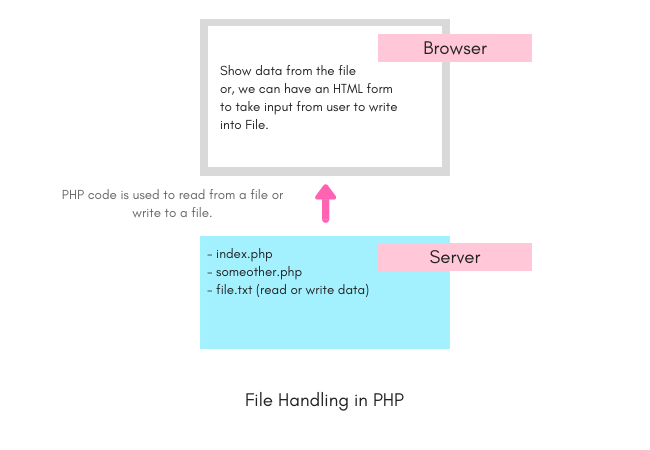

With streams, we can read any file size without running into memory management problems that may be frustrating to a developer. When you execute the above code, you notice that it doesn’t give you an error, as was the case when we used the file_get_contents() function. Next, we use the fgets() function to read the file’s contents.įinally, we use the fclose() function to close the file. The first is the file path, and the second is the mode. The fopen() function takes in 2 parameters. We use the fopen() function to open the file in the above code. open the stream.php file and add the following: In our case, test.txt will contain the following text: To understand the file system handler, let’s create a file called test.txt in the /tmp directory. Streams have implementation wrappers that allow you to handle specific protocols.

So if you try to load a too large file, you will get an error. It is important to note that PHP installations have a memory limit. This on-demand data read ensures that you do not have to load the entire file into memory. They work by providing a way to read and write data in chunks. Streams simplify the process of reading and writing files. It allows you to handle large files without memory issues. By the end, you will appreciate the benefits of streams over the traditional file system.
Handling php output fminer how to#
This tutorial will teach you how to handle large files in PHP using streams. To follow along with this tutorial, you will need the following: In this tutorial, we will learn how to handle large files in PHP using the concept of streams. However, most PHP installations do not provide enough memory to handle large files. Working with files on the server-side environment is a common task yet it remains complex.


 0 kommentar(er)
0 kommentar(er)
